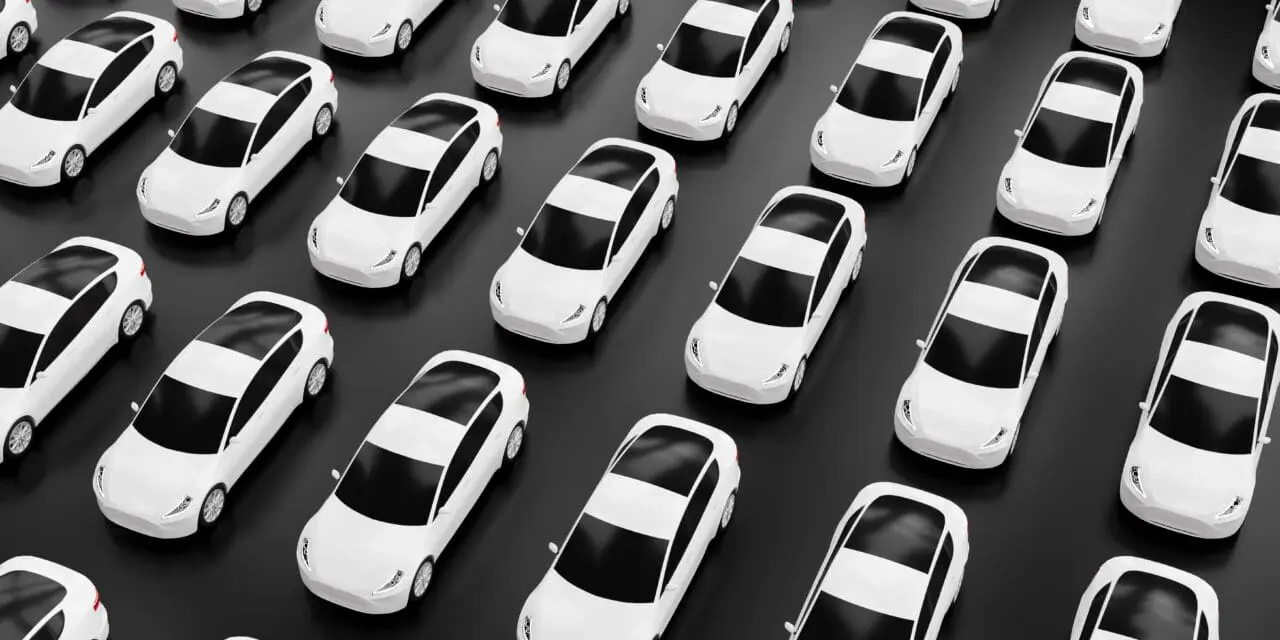

A report showing huge EV sales in the US only resulted in a 0.54 per cent fall in gasoline consumption in 2021 has led to disappointment and questions about the beneficial impact of EVs so far.
A recent Argonne National Lab report shows that a massive 2.1 million plug-in vehicles, including 1.3 million battery EVs were sold in the US between 2010 and 2021.
Despite these impressive numbers, plug-in vehicles still only make up almost 1 per cent of all light vehicles on the road in the US.
That said, the low 0.54 per cent US gasoline consumption reduction figure has proven disappointing to many.
Looking at the positives of the Argonne National Lab report, the 70 billion miles and 22 terawatt-hours of energy consumption of EVs since 2010 in the US has displaced the use of more than 2.5 billion gallons of gasoline and 19 million tons of greenhouse gases.
Put in context, however, plug-in vehicles only saved the equivalent of two days of consumption (690 million gallons) of gasoline in 2021.
Apart from the apparent fact that EVs still make up only a tiny proportion of vehicles on US roads, other reasons why they haven’t made much of an impact on gasoline consumption include the following:
– A reduction in the mileage covered during the pandemic.
– Different battery sizes and differences in driving situations, e.g. city driving and highway driving.
Although EVs are a great way to tackle the pollution and carbon emissions problem that petrol and diesel cars currently cause, they still need electricity. Some critics have warned about the pressure on the electrical grid of widescale EV adoption and the fact that this may increase the power demand, reshape the electricity load curve, increase evening peak loads, and cause more burning of fossil fuels in power plants initially. In addition, that manufacturing EVs could be more emissions-intensive to make because of their batteries. The Argonne National Lab report also highlights how manufacturing bigger and heavier electrified SUVs may have harmed the electrical range efficiency of EVs over the last three years.
With it still being very early days in the curve of EV ownership and with EVs only making up one per cent of America’s vehicles at present, it is perhaps not surprising that EVs haven’t yet led to a significant reduction in petrol and diesel consumption. Also, the US grid still contains a mix of fossil fuels (60 to 70 per cent) and other sources, affecting how green they are. The industry also still faces challenges with the price of EVs, the availability of charging points, and battery limitations, which affect the rate at which EVs are being adopted. There is also the matter of changing city policies towards traffic anyway and people looking more at other ways they can get around, e.g. electric buses, cycling, trains, and walking. EVs alone are not the complete answer to transport and emissions challenges, so there is a long way to go before their benefits are noticeable.
This website uses cookies to improve your experience. Choose what you're happy with.
Required for the site to function and can't be switched off.
Help us improve the website. Turn on if you agree.
Used for ads and personalisation. Turn on if you agree.
This website uses cookies to improve your experience. Choose what you're happy with.
Required for the site to function and can't be switched off.
Help us improve the website. Turn on if you agree.
Used for ads and personalisation. Turn on if you agree.